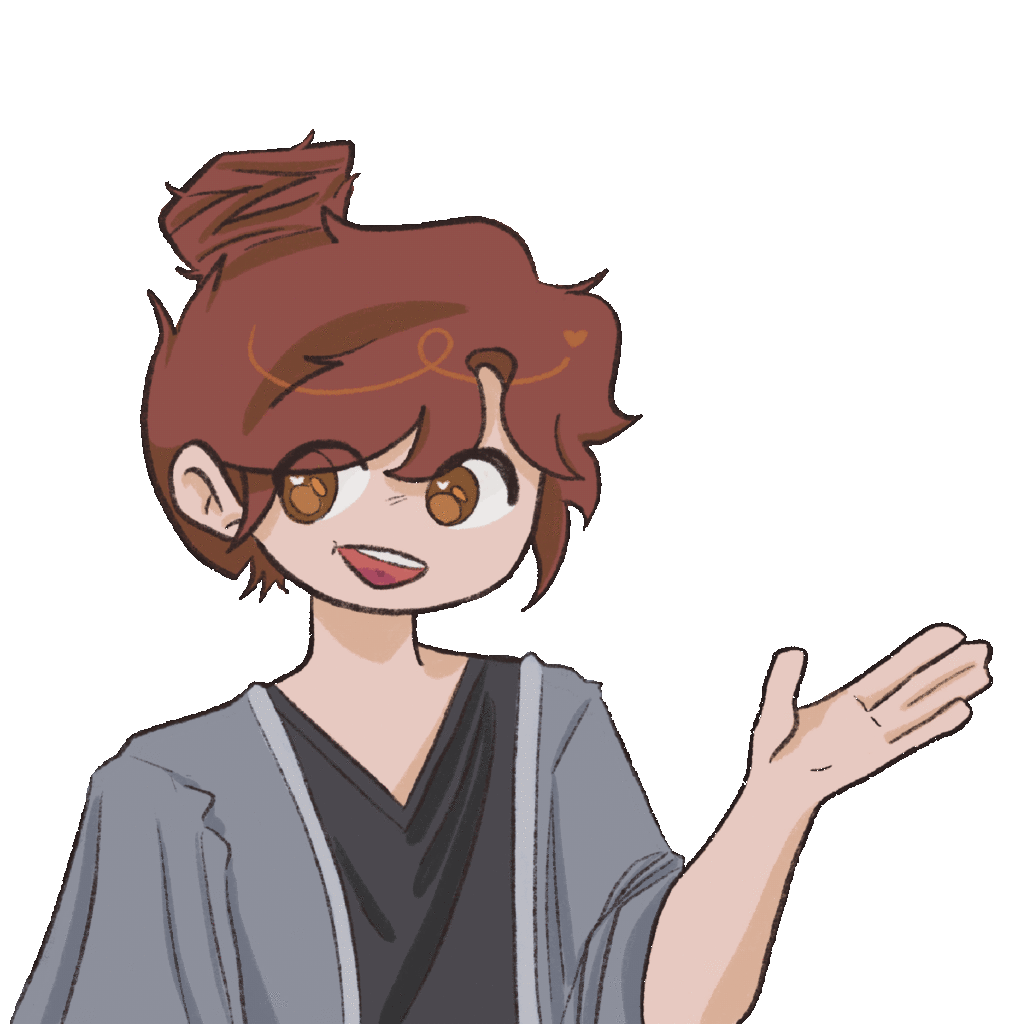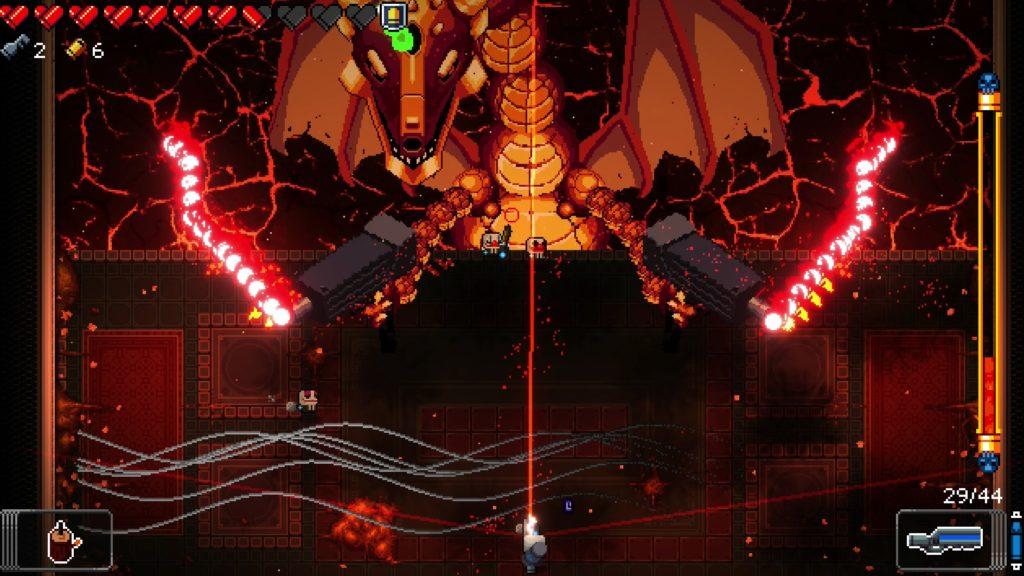Game concept:
Escape from Disney. You are a cast member who is playing a character. You need to fulfill various challenges while hiding from your manager to make it out of the park. Can you do it before the park reopens in the next morning?
Link to figma file: Design for play Game #2 Moodboards
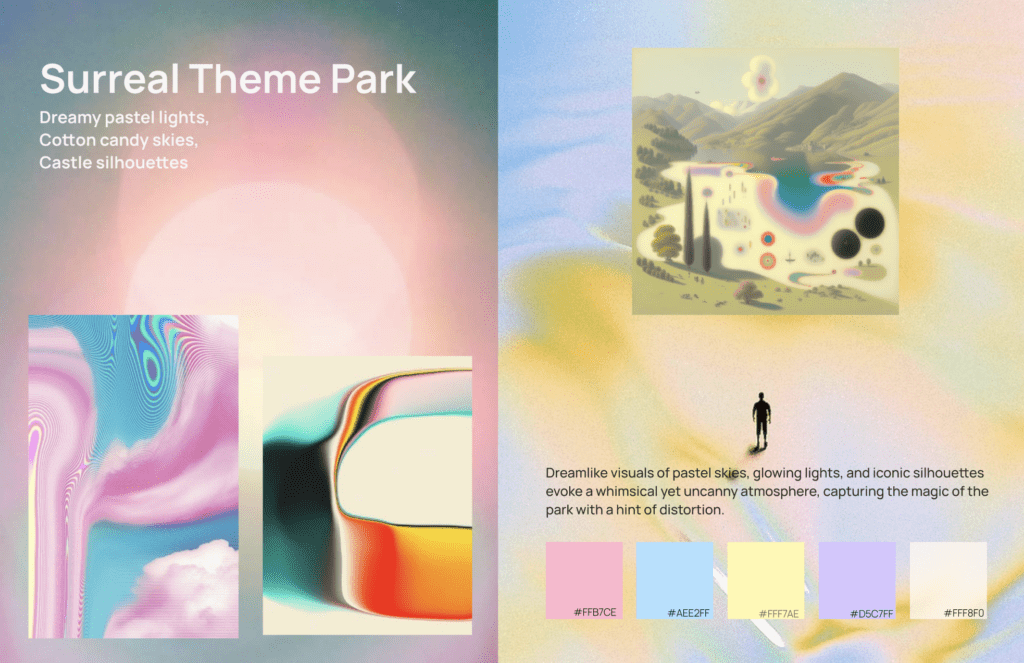
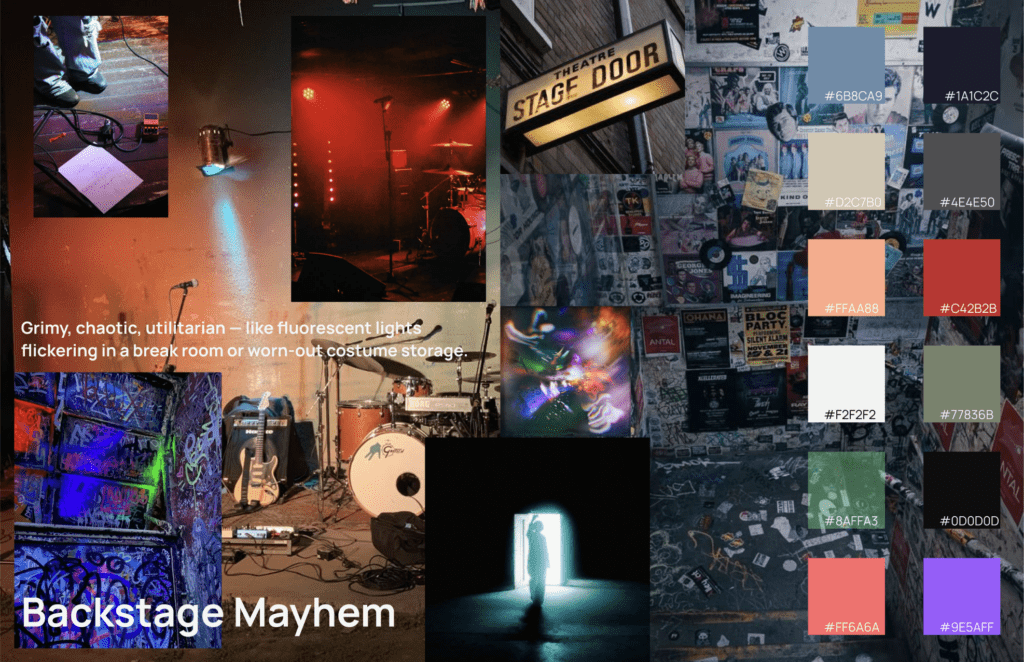
Link to the curated playlist: Design for play Game #2 Playlist
3 Directions for the game
#1
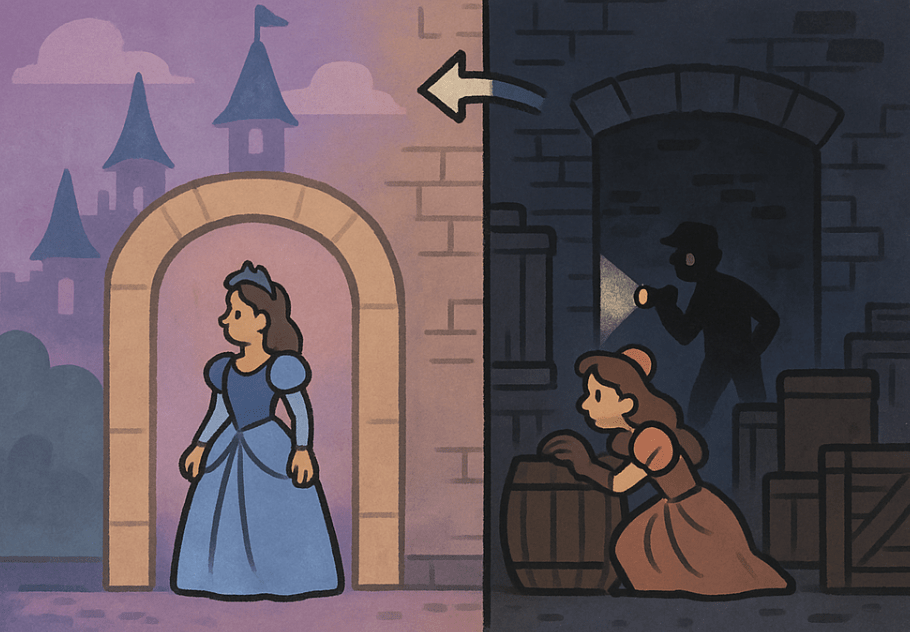
Players can switch between the magical “onstage” park and the gritty backstage tunnels, using character-specific abilities to solve puzzles and hide from managers. Each costume unlocks different paths, and staying in character might just be your key to escape. The player uncovers secret lore left by past cast members who tried to escape. Hidden documents, audio messages, and props slowly reveal that the park is part of something bigger. The narrative is nonlinear and environmental to encourage replayability.
- Costume-based abilities (princess voice unlocks singing-themed gates)
- Time pressure (beat the game before sunrise)
- Multiple endings depending on how many secrets you uncover
#2
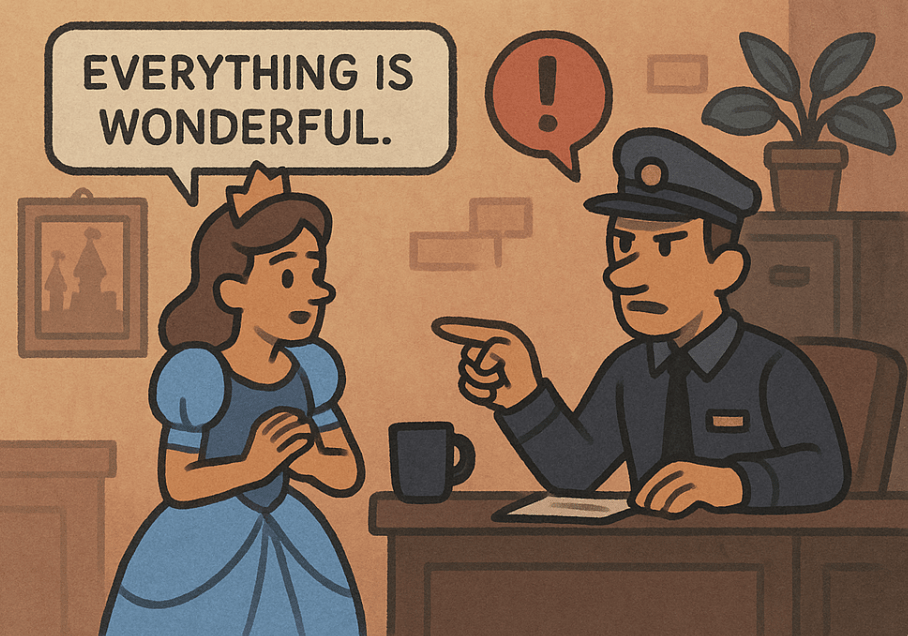
Players will be juggling performance, coworkers, and secret plans to get out – all while pretending everything is fine. Dialog choices and emotional labor shape how your story unfolds. Mess up your script or push too hard, and management will come looking. Leans heavily on dark humor and workplace satire. Each shift reveals more about the player’s mental state and the absurdity of corporate “magic.” Dialogues branch based on how well you balance performance with rebellion.
- Dialogue trees with scripted vs. unscripted answers
- Emotionally charged mini-scenes (e.g., comforting a crying child while plotting your escape)
#3

Surreal exploration. No enemies. No instructions. Just the player and a park that seems to remember more about you than you do. Explore looping rides, fading memories, and eerie soundscapes to piece together your past and decide if you really want to leave. Maybe you’ve been stuck in this role for years, or the park is a metaphor for a larger trauma. Each zone reflects a personal memory reimagined through theme park logic.
- Visual puzzles based on emotion or memory (fix a broken animatronic to hear a forgotten voice)
- Areas shift based on player decisions or hesitation
- No dialogue – just sound design, visuals, and object storytelling (like Gone Home)

